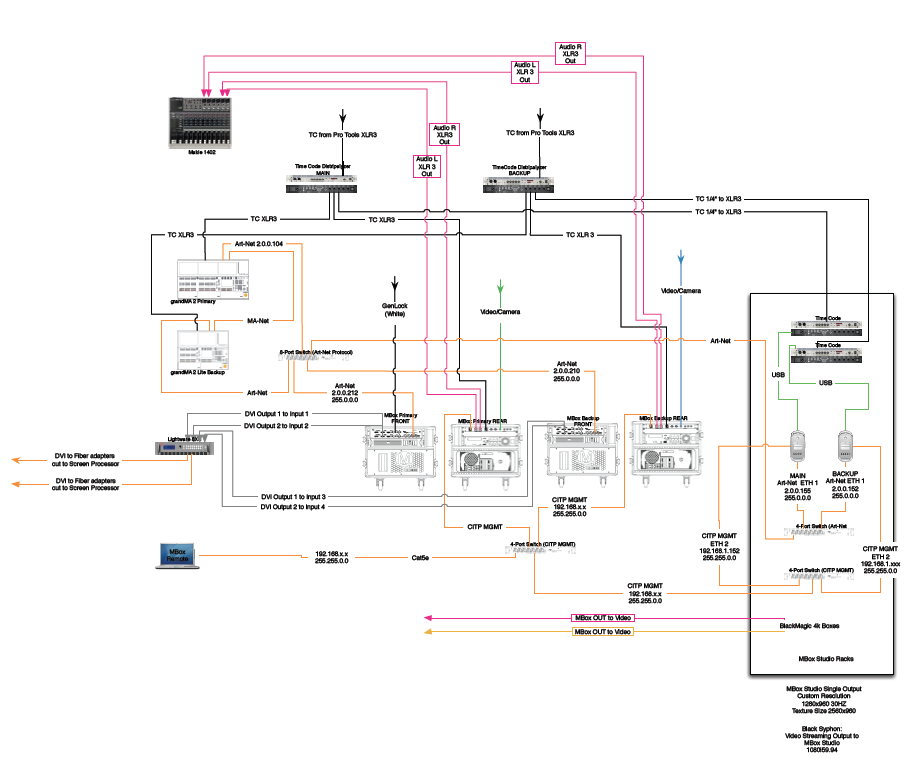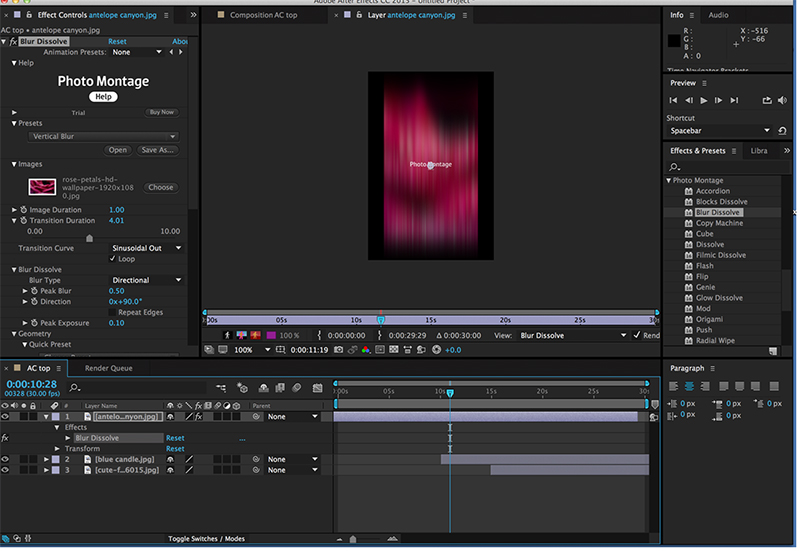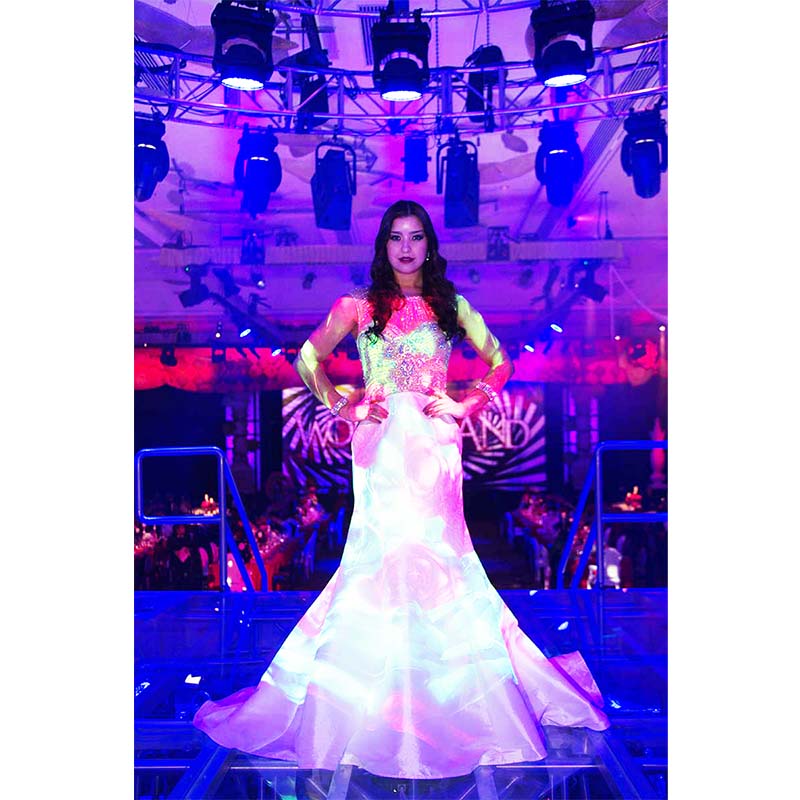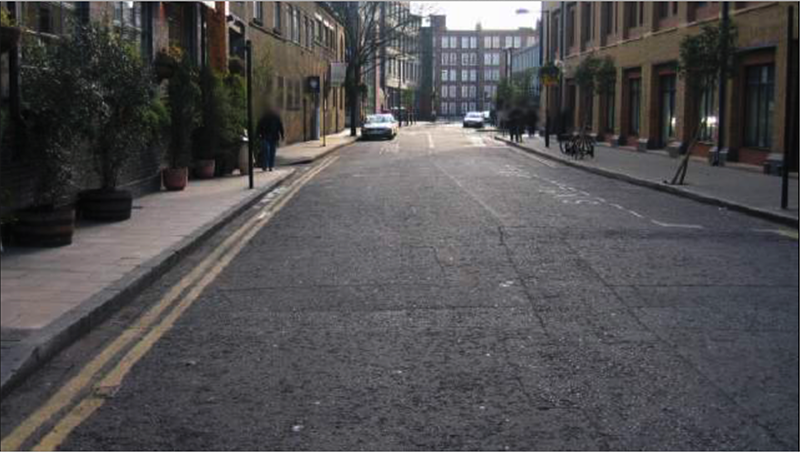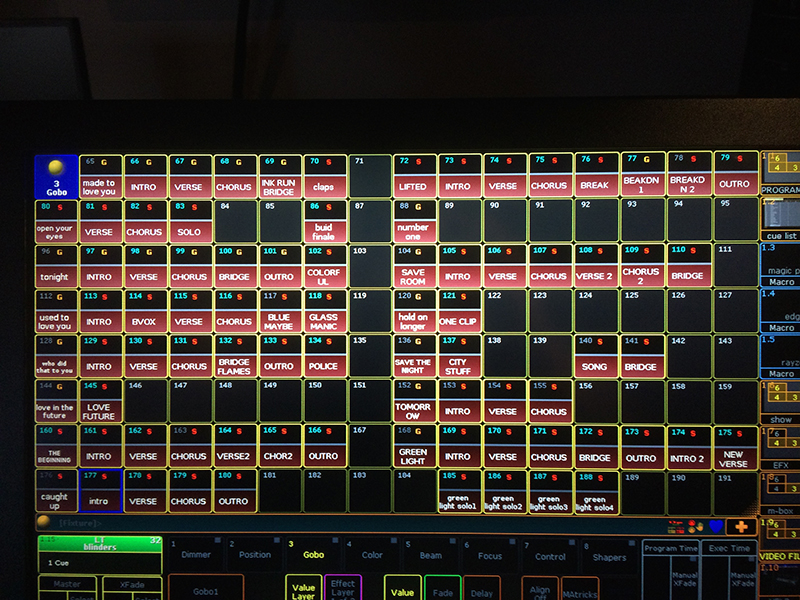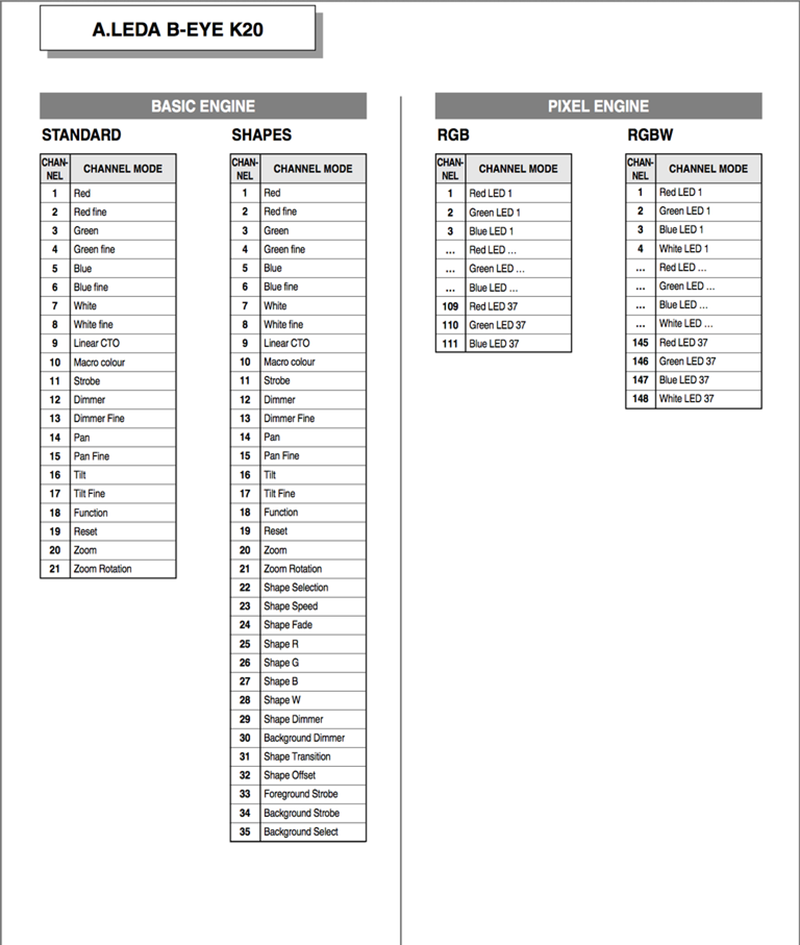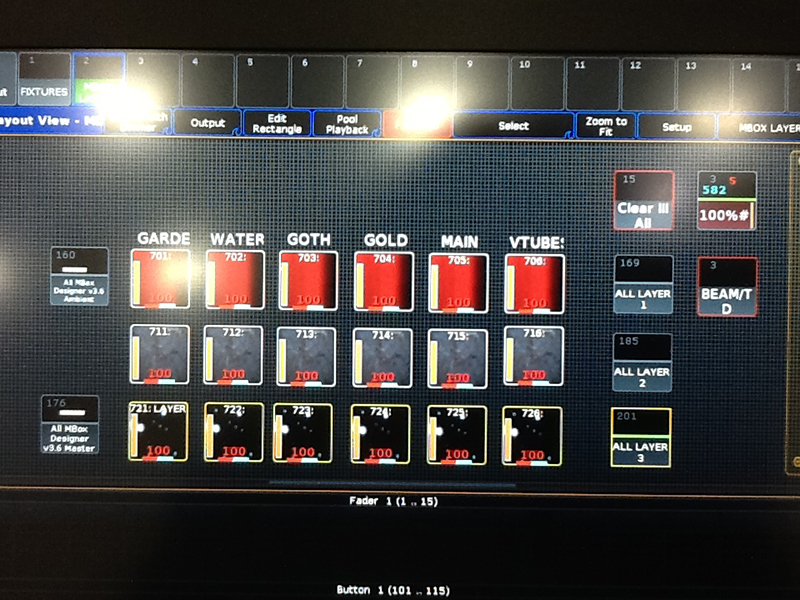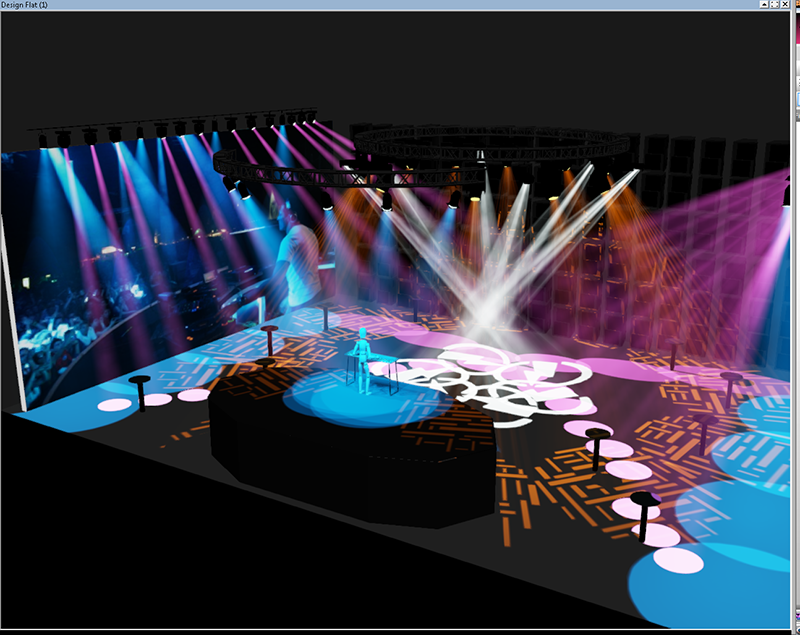Redundancy
What is an often-overlooked- but-essential element of any lighting or video control system? The Backup. Whether it’s a lighting console or a media server, the backup is the unsung hero of the show. Often it sits there — quietly, lonely almost — as if to say “Put me in coach, I’m ready to play,” but never getting called upon (hopefully). Yet it shows up the next day without complaint. How do you plan for this important piece of the control puzzle? The answer: Very carefully.
